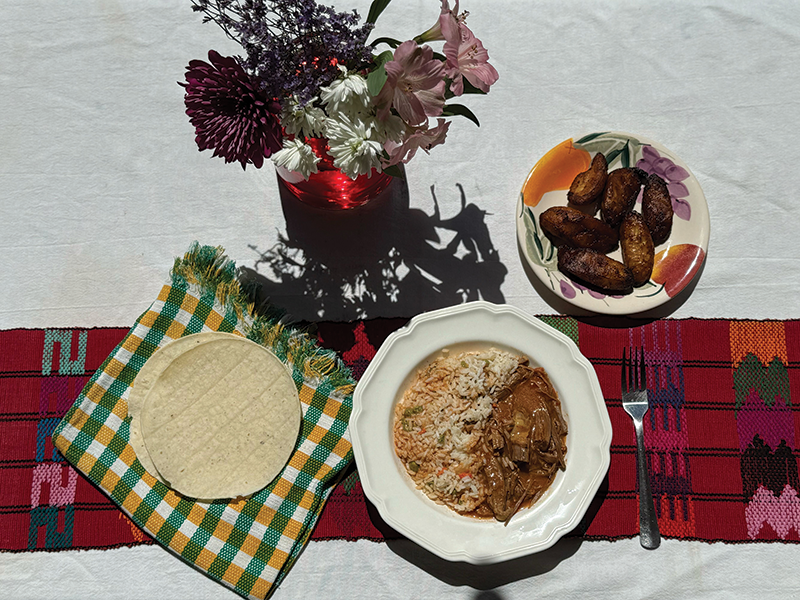
Deforestation, global warming and labor exploitation are three issues that have plagued the economy, and they all intersect with the production of palm oil.
Palm oil comes from trees of the same name, and can be made by either squeezing their fruit or the kernel inside the fruit.
Native to Africa, oil palm trees were brought to southeast Asia about a century ago. Now, Indonesia and Malaysia are the main suppliers of the world’s palm oil.
Forty-two countries produce palm oil. It is found in everything from pizza to shampoo to biofuel. India, China and the European Union, according to the World Wide Fund for Nature, are the biggest consumers of the product.
Palm oil is an efficient crop, and can grow quickly on any type of soil at almost any time of year. It supplies 40% of the world’s vegetable oil on under 6% of all land used to make vegetable oils. It can keep spreads semi-solid, it gives products a longer shelf life, and it adds crispness to fried foods. It also has almost no trans fats.
The world produces more than 75 million metric tons of palm oil a year, according to Vox. In comparison, only 3 million metric tons of olive oil are produced every year.
However, palm oil production comes with its downsides.
In order to create space for oil palm trees, rainforests are burned. On peatlands (wet forests), burning rainforests releases 100 times the greenhouse gases as in conventional forest fires, according to the Smithsonian Magazine.
25% of Indonesia’s rainforests have been taken down to make room for oil palm trees. These trees soak up much of the soil’s water and destroy the soil in the process, according to Ecosia, a search engine that uses its advertisement profits to plant trees.
Ecosia also says the production of trees threatens 193 of the world’s endangered or vulnerable animal species, such as the orangutan.
Most alarming of all, the production of palm oil is linked to the exploitation of workers and child labor. Millions of people work on the plantations in Malaysia and Indonesia, many of them poor. The AP News writes that workers have reported child labor, slavery and rape.
Some workers were forced to sign contracts saying they would not get paid for their first two years on the plantation, and would only be loaned about $16 per month for food and healthcare. The contract also stated that workers could not leave the plantation, according to an investigative reporting center called the Schuster Institute.
As a result of the concerns people had about the exploitation of labor, Malaysia and Indonesia established an agency in 2012 that gave Indonesian immigrants who worked at the plantations much-needed legal protection.
Child labor laws have also recently been updated in Indonesia. Until 2020, Indonesia operated under old child labor laws, which made labor legal from the age of 12. In 2020, a new law set the minimum age at 15. To do hazardous work, Indonesians have to be 18.
Common alternatives to palm oil include canola, coconut and olive oils. Each has its health risks and benefits, but the Smithsonian Magazine says that no other oil-producing crop can yield even a third of the oil that the palm tree can.
Switching to another type of oil would require four to 10 times more land, and would shift the deforestation to another part of the world rather than fixing it.
Palm oil is one of the biggest exports in Indonesia and Malaysia, and tens of millions of people earn their income from it, which makes switching a tough task.
In both Malaysia and Indonesia, the amount of deforestation caused by oil palm trees has declined over the last decade, according to Vox. In 2021, Indonesia reached its lowest point in deforestation in 22 years.
In 2013, advocacy groups convinced major companies to use already-degraded lands to grow oil palm trees. This meant they would clear fewer forests.
Palm oil has a horrendous legacy, but the downward trend in deforestation and the increasing protection of the workers who produce it bode well for the future of the product.


